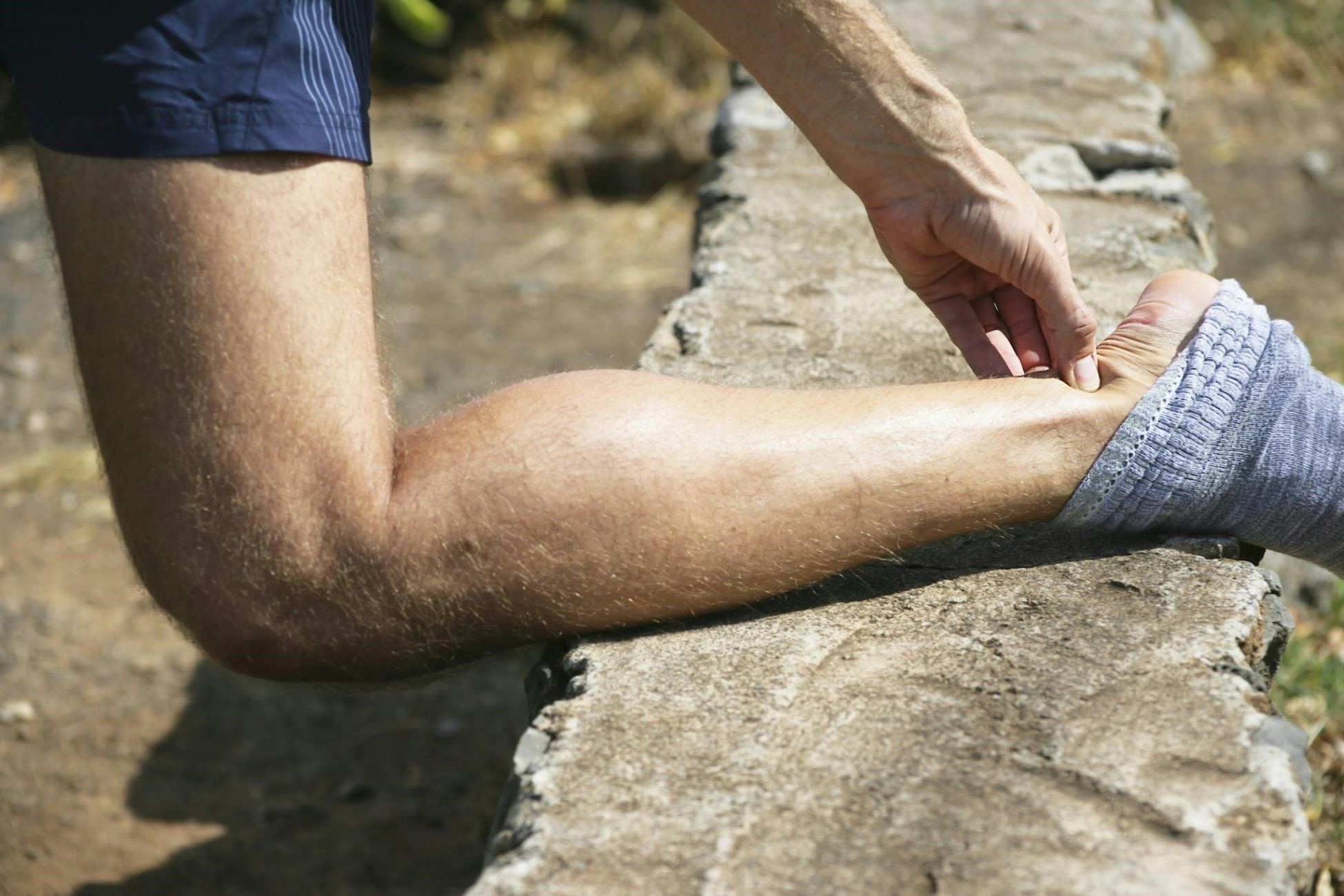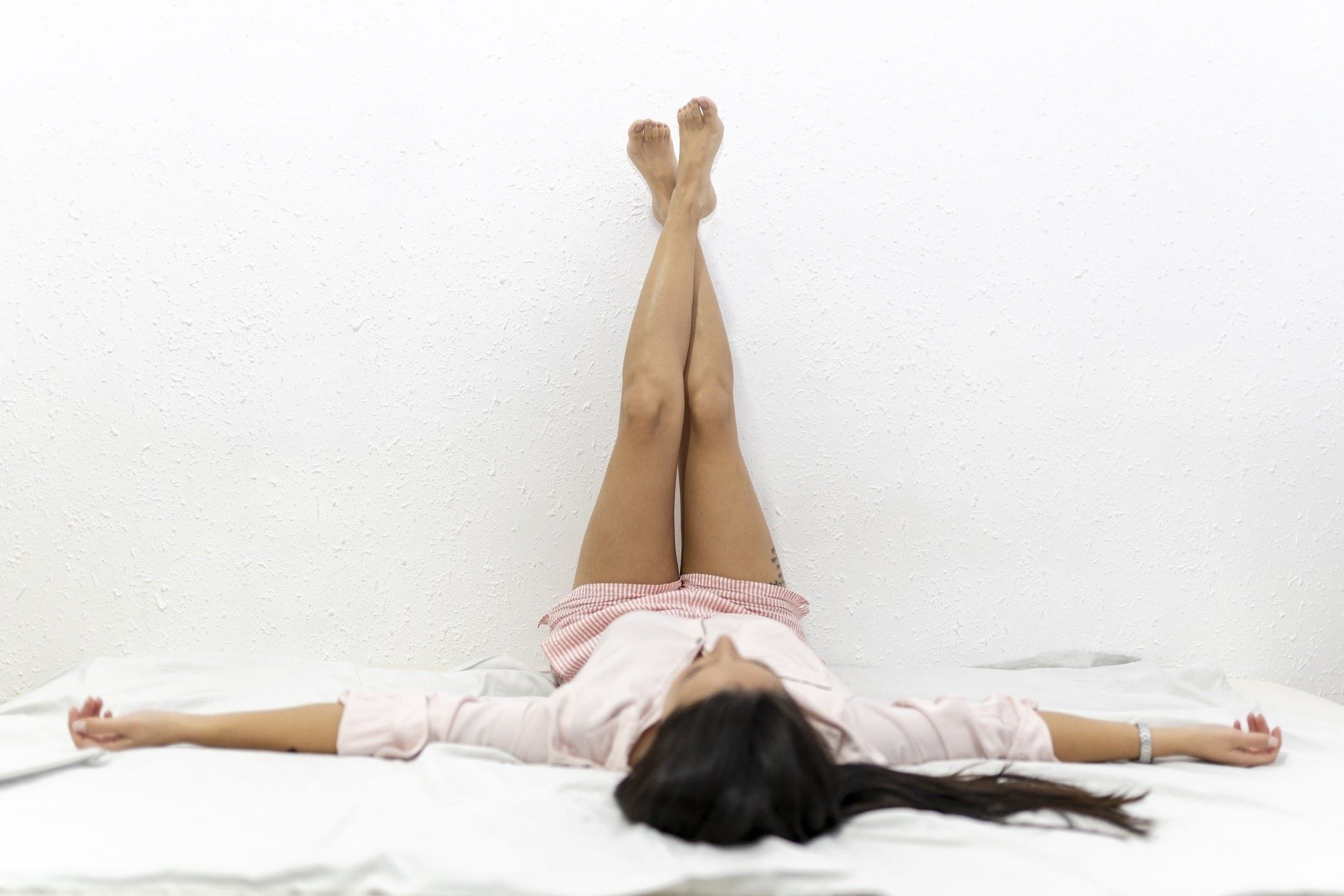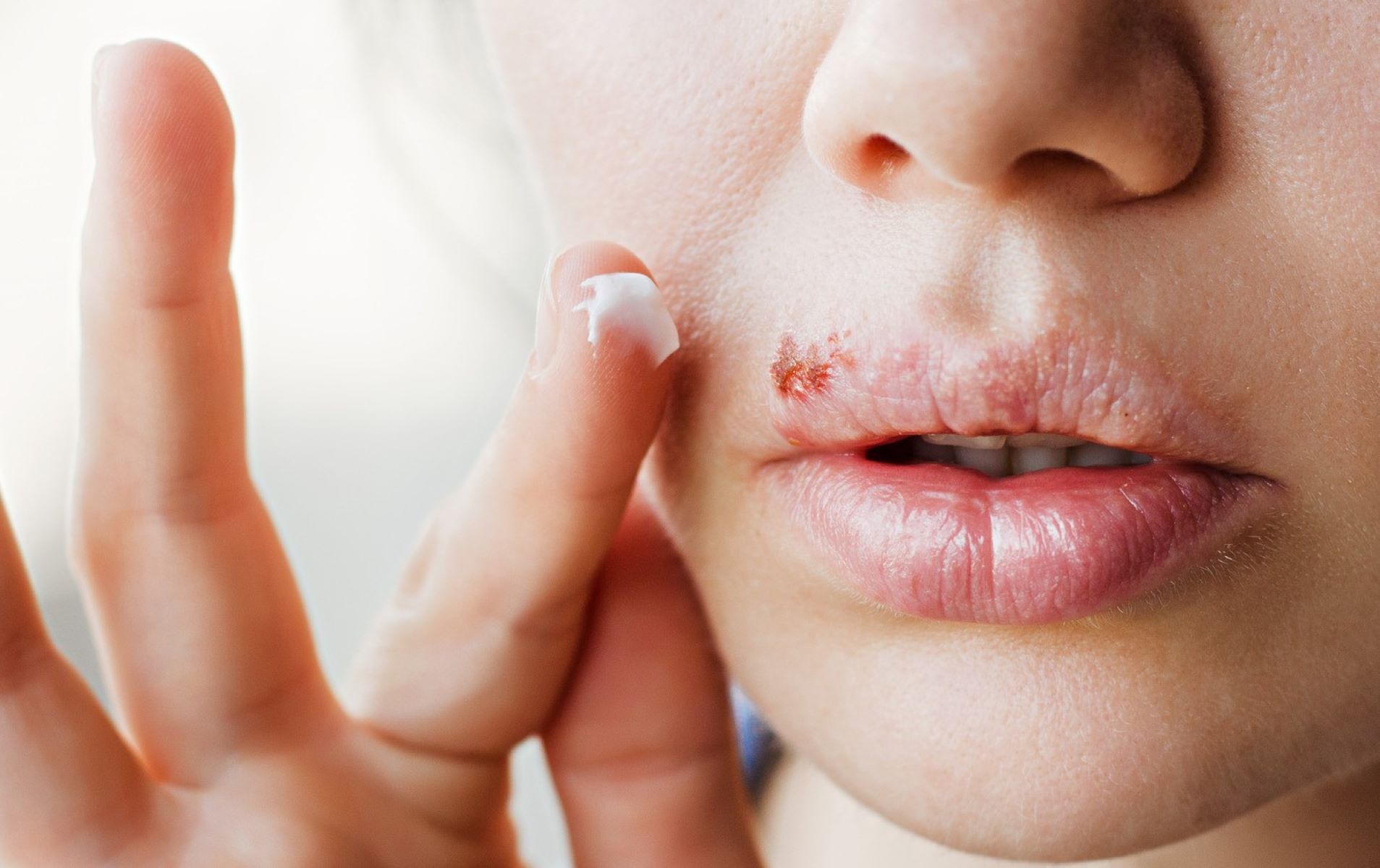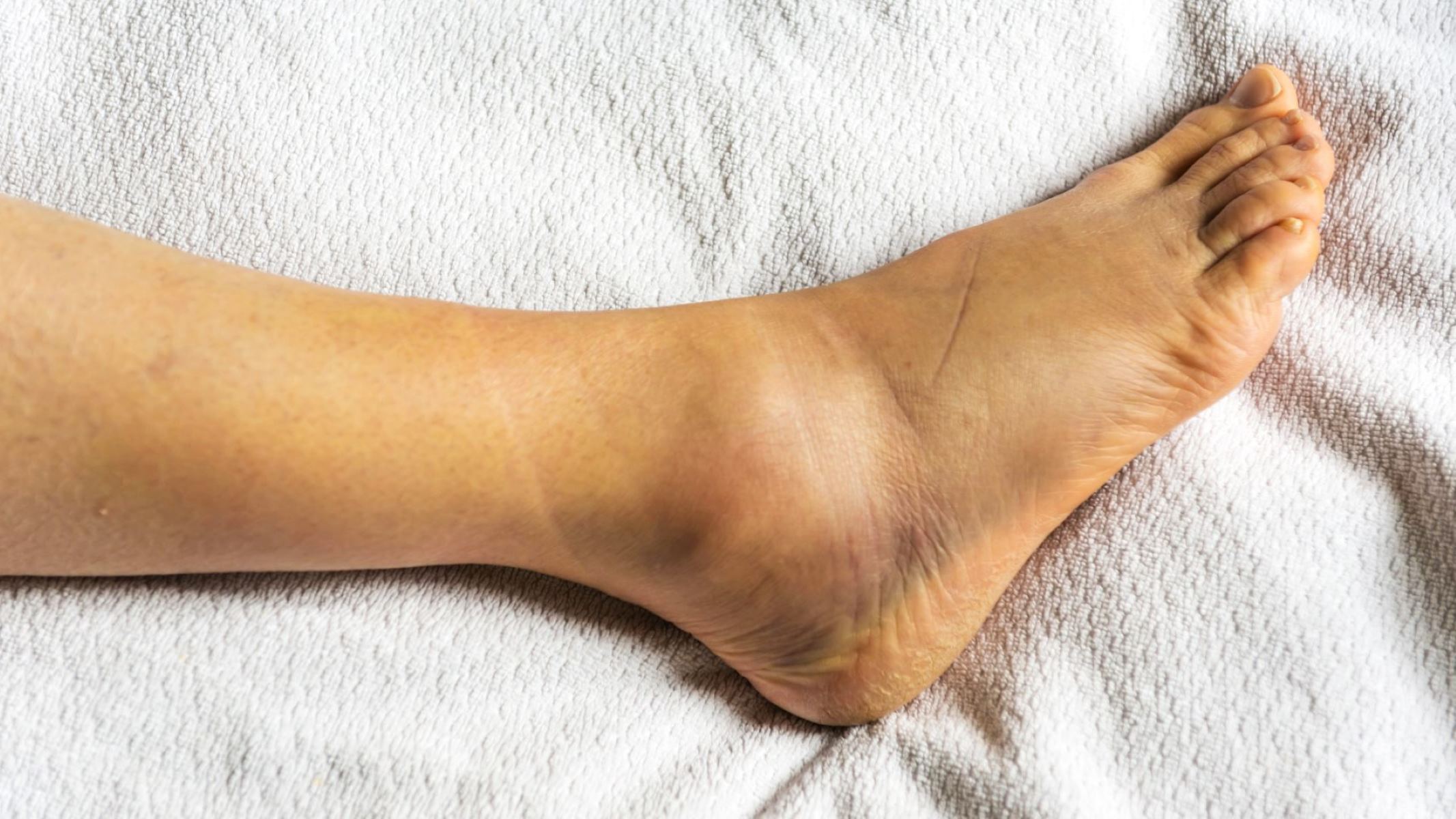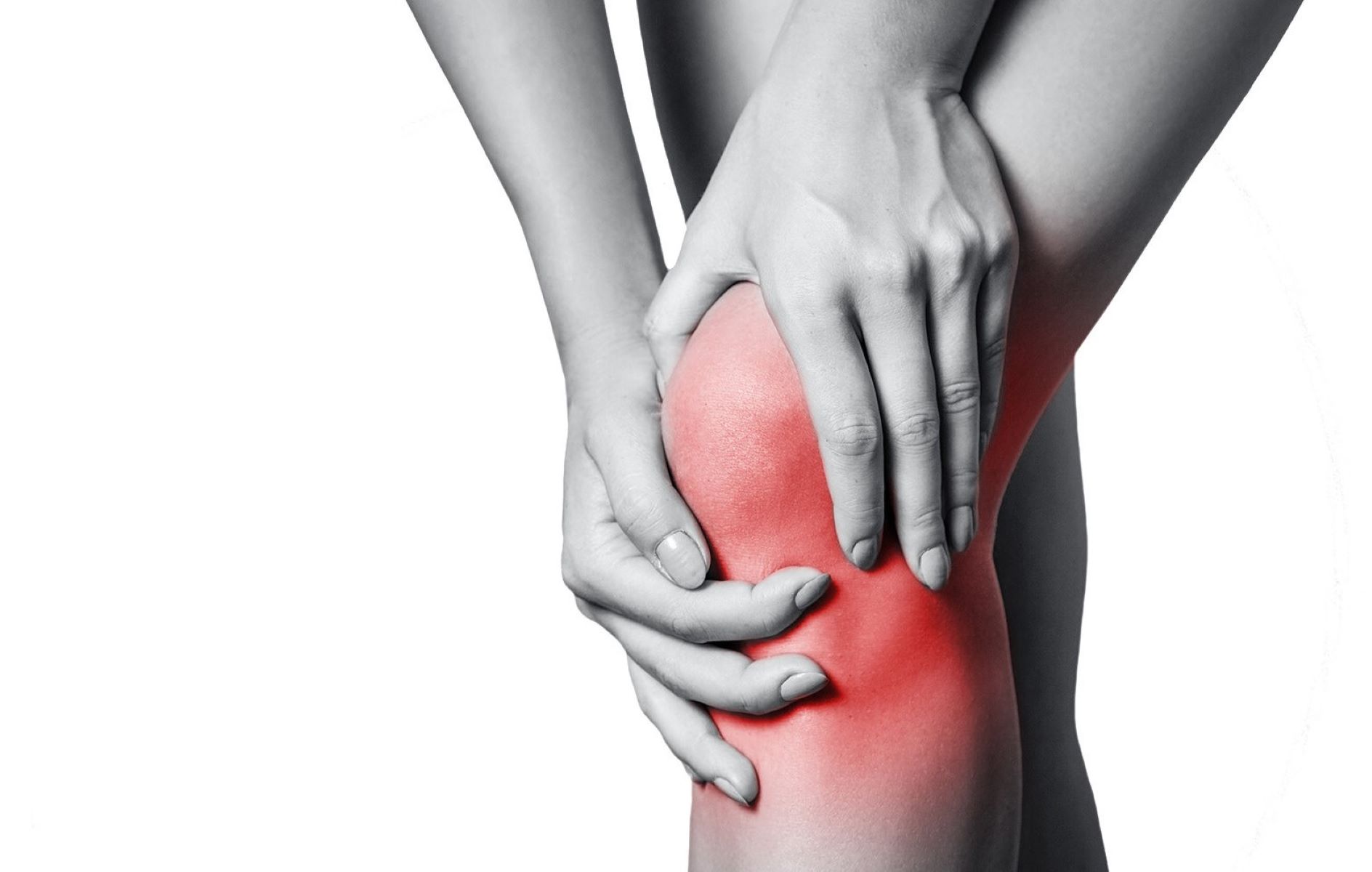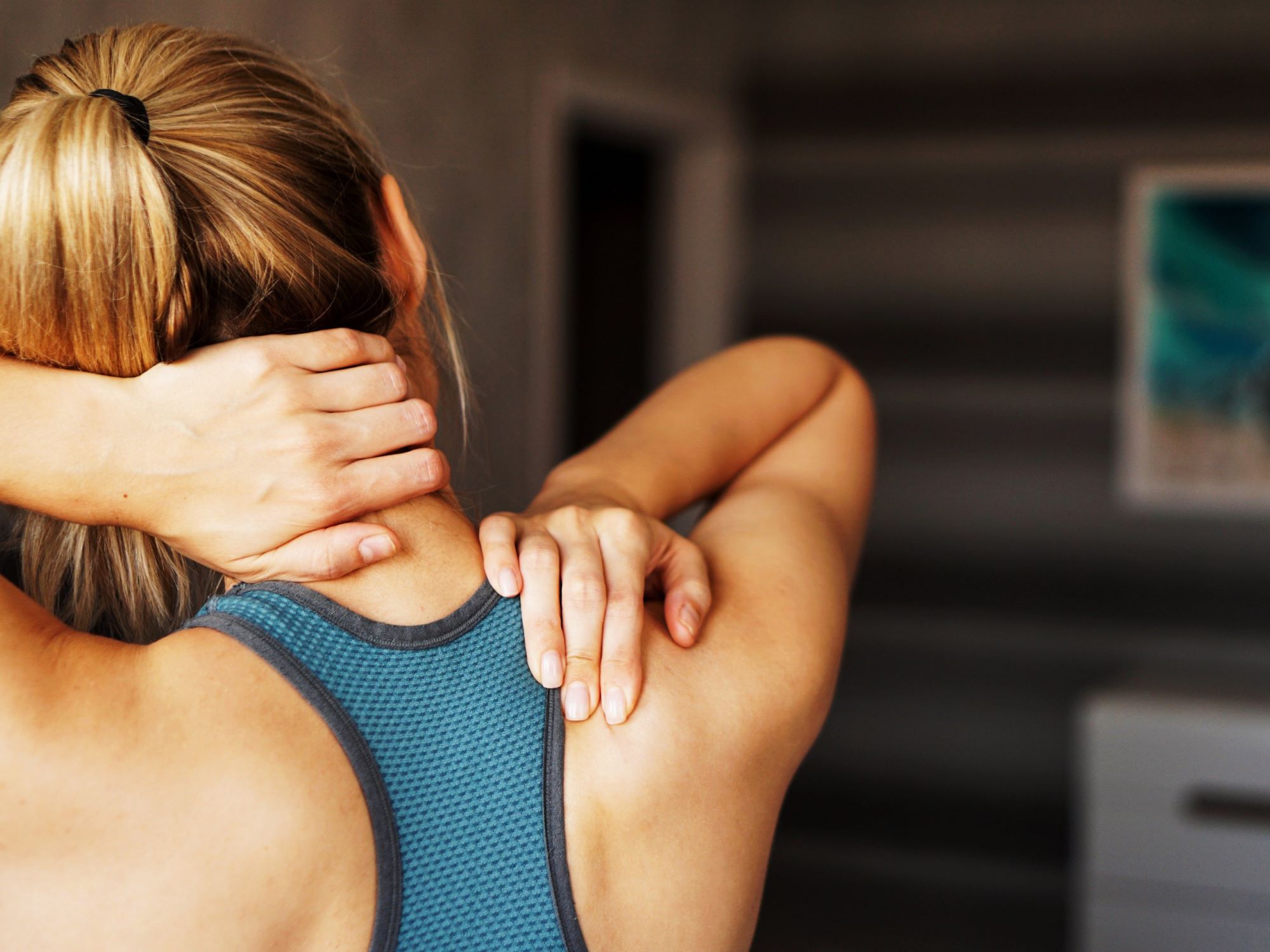Home>Health & Nutrition>The Science Behind Hiccups After Running


Health & Nutrition
The Science Behind Hiccups After Running
Published: February 22, 2024
Discover the science behind hiccups after running and learn how to manage them. Explore the connection between health, nutrition, and post-exercise hiccups.
(Many of the links in this article redirect to a specific reviewed product. Your purchase of these products through affiliate links helps to generate commission for Therunningadvisor.com, at no extra cost. Learn more)
Table of Contents
Understanding the Diaphragm and Its Role in Hiccups
The diaphragm, a dome-shaped muscle located at the base of the lungs, plays a crucial role in the breathing process. As we inhale, the diaphragm contracts and moves downward, creating space for the lungs to expand and fill with air. Conversely, when we exhale, the diaphragm relaxes and moves upward, allowing the lungs to expel air. This rhythmic movement of the diaphragm is essential for the respiratory function, enabling us to breathe effortlessly.
Hiccups, scientifically known as synchronous diaphragmatic flutter (SDF) or singultus, occur when the diaphragm contracts involuntarily. This sudden contraction is followed by the abrupt closure of the vocal cords, resulting in the characteristic "hic" sound. While hiccups are typically harmless and transient, they can be quite bothersome, especially when experienced after physical exertion such as running.
The diaphragm's involvement in hiccups is closely linked to its interaction with the phrenic and vagus nerves. The phrenic nerve, originating from the cervical spine, provides motor control to the diaphragm, dictating its contraction and relaxation during breathing. On the other hand, the vagus nerve, a key component of the parasympathetic nervous system, innervates the diaphragm and contributes to its involuntary movements.
When we engage in vigorous activities like running, the body's demand for oxygen increases, prompting rapid and deep breathing. This heightened respiratory rate can potentially lead to irregularities in the diaphragm's contractions, setting the stage for hiccups to manifest. Additionally, the jostling motion experienced during running may stimulate the phrenic and vagus nerves, further exacerbating the likelihood of hiccups occurring post-exercise.
Understanding the intricate interplay between the diaphragm, nerves, and respiratory function sheds light on the mechanism behind hiccups after running. By delving into the physiological aspects of hiccups, we gain valuable insights into the body's response to physical exertion and the factors that contribute to this common post-workout phenomenon.
Read more: The Science Behind Morning Aches And Pains
The Relationship Between Exercise and Hiccups
Engaging in physical exercise is undeniably beneficial for overall health and well-being. However, it is not uncommon for individuals to experience hiccups after a strenuous workout session, particularly activities that involve intense cardiovascular effort, such as running. The connection between exercise and hiccups can be attributed to the intricate interplay of physiological factors within the body.
During exercise, the body undergoes a series of physiological changes to meet the increased demand for oxygen and energy. As the intensity of the workout escalates, the respiratory rate elevates to accommodate the heightened oxygen requirements. This heightened respiratory activity directly involves the diaphragm, the primary muscle responsible for breathing. The diaphragm's rhythmic contractions become more pronounced during vigorous exercise, facilitating the influx of oxygen into the lungs and the expulsion of carbon dioxide from the body.
The intensified activity of the diaphragm during exercise can lead to irregularities in its contractions, potentially triggering hiccups. The rapid and deep breathing patterns adopted during physical exertion can disrupt the diaphragm's smooth coordination, causing it to contract involuntarily and leading to the onset of hiccups post-workout.
Furthermore, the jostling motion experienced during activities like running can stimulate the phrenic and vagus nerves, which play pivotal roles in regulating the diaphragm's movements. The repetitive impact and movement associated with running may inadvertently influence the nerve signals that control the diaphragm, contributing to the development of hiccups after the workout.
It is important to note that the occurrence of hiccups following exercise is not indicative of an underlying health issue in most cases. Rather, it is a transient physiological response to the heightened respiratory and muscular activity experienced during the workout. While hiccups post-exercise are generally harmless, they can be discomforting and disruptive, prompting individuals to seek effective strategies for prevention and relief.
By understanding the relationship between exercise and hiccups, individuals can gain insights into the body's intricate responses to physical exertion. This awareness can empower individuals to adopt proactive measures to minimize the likelihood of experiencing hiccups after exercise, thereby enhancing their overall workout experience and post-exercise comfort.
Factors That Contribute to Hiccups After Running
The occurrence of hiccups after running can be attributed to a confluence of physiological and environmental factors that collectively influence the body's response to intense physical activity. Understanding these contributing factors provides valuable insights into the mechanisms underlying post-run hiccups and equips individuals with the knowledge to mitigate their impact.
-
Intense Respiratory Activity: Running, especially at a brisk pace, necessitates rapid and deep breathing to meet the heightened oxygen demands of the body. This intensified respiratory activity directly engages the diaphragm, leading to pronounced contractions. The irregularities in the diaphragm's rhythmic movements during vigorous running can precipitate the onset of hiccups post-workout.
-
Diaphragm Irritation: The repetitive impact and jostling motion experienced during running can inadvertently irritate the diaphragm. The continuous pounding on the pavement or uneven terrain can disrupt the diaphragm's smooth coordination, potentially triggering involuntary contractions and hiccups.
-
Dehydration and Electrolyte Imbalance: Prolonged or intense running can lead to significant fluid loss through sweating, potentially resulting in dehydration and electrolyte imbalances. These physiological shifts can impact nerve and muscle function, including the diaphragm, increasing the susceptibility to hiccups after running.
-
Gastroesophageal Reflux: Running, particularly vigorous activities, can exacerbate gastroesophageal reflux, causing stomach acid to flow back into the esophagus. This reflux can irritate the diaphragm and the phrenic nerve, potentially contributing to the development of post-run hiccups.
-
Nerve Stimulation: The physical exertion and impact associated with running can stimulate the phrenic and vagus nerves, which play pivotal roles in regulating the diaphragm's movements. The heightened nerve activity induced by running may disrupt the diaphragm's normal function, increasing the likelihood of hiccups post-workout.
-
Breathing Pattern Disruption: Running, especially when individuals adopt irregular breathing patterns or struggle to synchronize their breathing with their stride, can disrupt the diaphragm's coordination. This dissonance in breathing patterns can lead to erratic diaphragmatic contractions, potentially culminating in hiccups after the run.
Understanding these contributing factors sheds light on the multifaceted nature of hiccups after running. By recognizing the interplay of physiological, environmental, and behavioral elements, individuals can proactively address these factors to minimize the occurrence of post-run hiccups, thereby enhancing their overall running experience and post-exercise comfort.
Tips for Preventing and Relieving Hiccups Post-Workout
Preventing and alleviating hiccups after a rigorous workout can significantly enhance post-exercise comfort and overall well-being. Implementing effective strategies to address post-workout hiccups empowers individuals to optimize their exercise experience and minimize the disruptive impact of involuntary diaphragmatic contractions. Here are practical tips to prevent and relieve hiccups following physical exertion:
1. Hydration Maintenance
Sustaining adequate hydration before, during, and after a workout is crucial for preventing hiccups. Proper hydration helps maintain optimal fluid balance in the body, reducing the likelihood of electrolyte imbalances that can contribute to diaphragm irritation and hiccups post-exercise.
2. Controlled Breathing Techniques
Incorporating controlled breathing techniques, such as diaphragmatic breathing or pursed-lip breathing, during and after a workout can promote diaphragm relaxation and mitigate the risk of hiccups. These techniques facilitate smooth and coordinated diaphragmatic movements, minimizing the potential for involuntary contractions.
3. Gradual Warm-Up and Cool-Down
Engaging in a gradual warm-up and cool-down routine before and after running can help acclimate the body to the impending physical exertion and facilitate a smooth transition to a resting state. This gradual approach can reduce the likelihood of abrupt diaphragmatic irregularities that may trigger hiccups post-workout.
4. Address Gastroesophageal Reflux
Managing gastroesophageal reflux through dietary modifications and avoiding heavy meals before a workout can mitigate the risk of stomach acid irritation to the diaphragm. By minimizing reflux episodes, individuals can reduce the potential for post-exercise hiccups.
5. Posture Awareness
Maintaining proper posture during running and incorporating postural adjustments, such as avoiding slouching or hunching over, can alleviate undue pressure on the diaphragm. Conscious posture awareness can contribute to smoother diaphragmatic function, reducing the likelihood of hiccups after the workout.
6. Mindful Running Practices
Practicing mindful running techniques, including rhythmic and synchronized breathing with strides, can promote diaphragmatic coordination and minimize the risk of irregular contractions. Mindful running fosters a harmonious interaction between respiratory and muscular activities, reducing the propensity for post-workout hiccups.
7. Stress Reduction
Implementing stress-reduction strategies, such as incorporating relaxation exercises or mindfulness practices, can mitigate the impact of stress-induced diaphragmatic irregularities. By managing stress levels, individuals can minimize the potential triggers for hiccups following intense physical activity.
8. Professional Evaluation
Seeking professional evaluation from a healthcare provider in cases of persistent or severe post-workout hiccups is essential. A healthcare professional can assess underlying health factors and provide personalized recommendations to address recurrent hiccups, ensuring comprehensive management of post-exercise diaphragmatic irregularities.
By integrating these proactive measures into their workout routines, individuals can effectively prevent and alleviate hiccups after running, enhancing their overall exercise experience and post-workout comfort. These practical strategies empower individuals to optimize their physical activity while minimizing the disruptive impact of post-workout hiccups, fostering a more enjoyable and comfortable exercise regimen.

